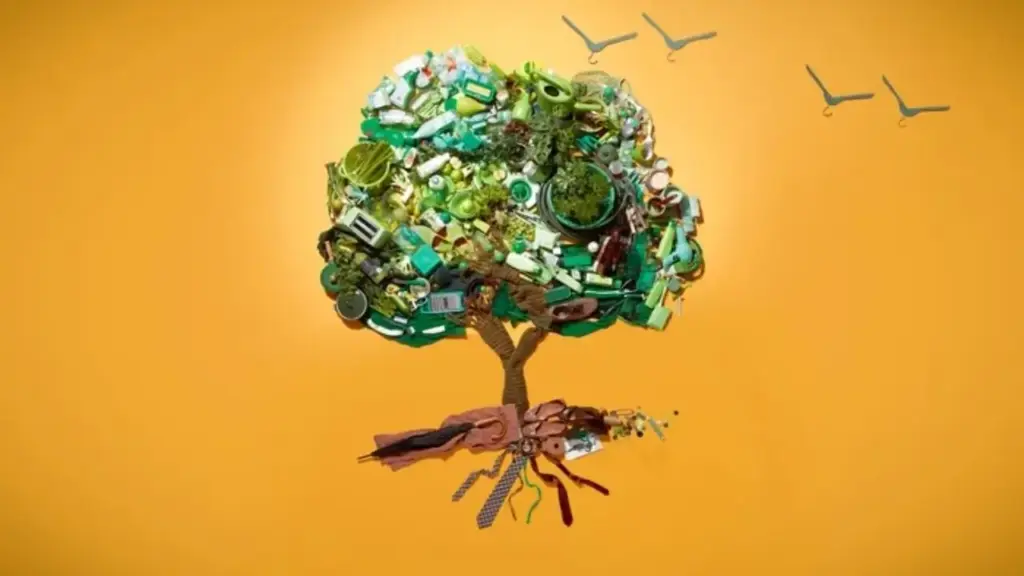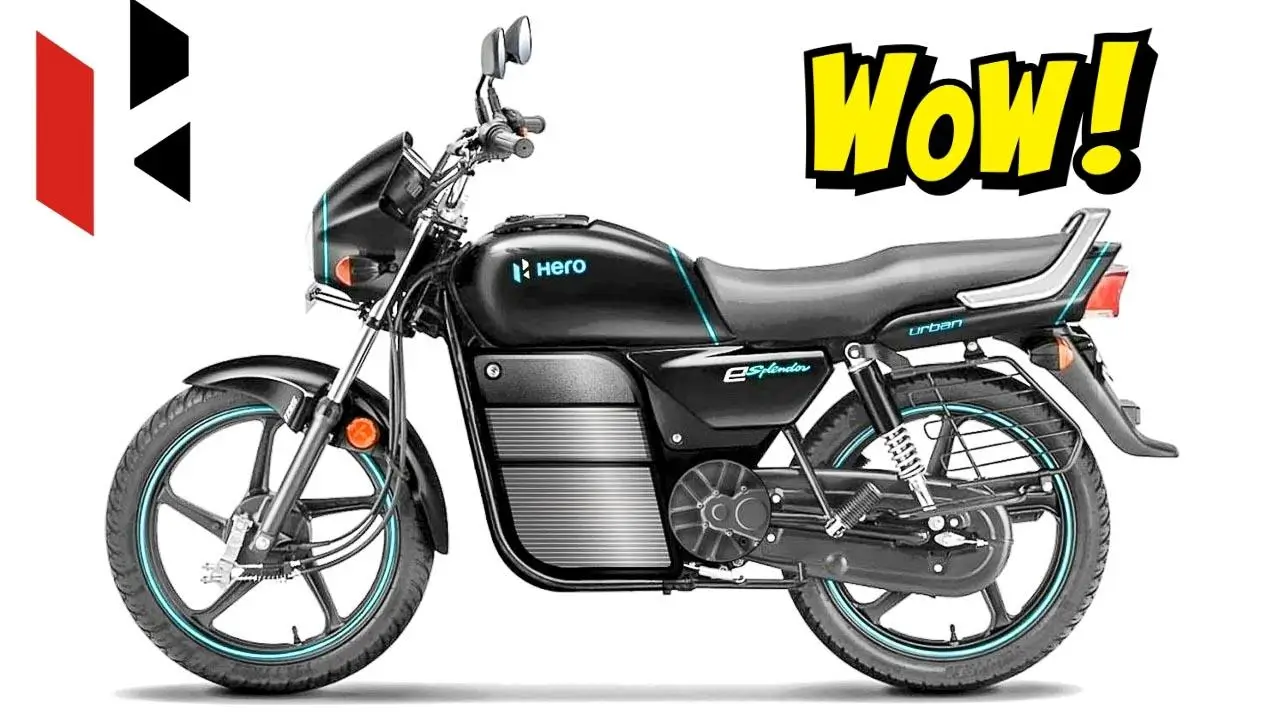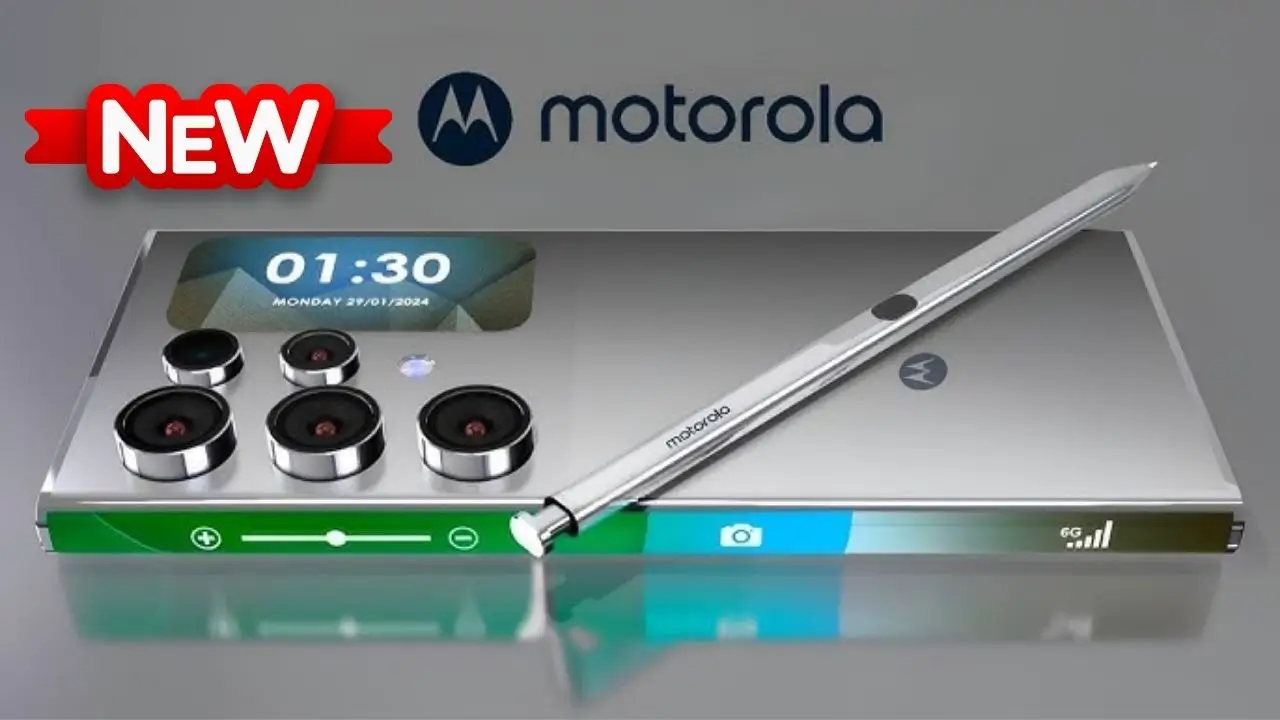In recent years, green living has become more than just a buzzword; it’s a lifestyle that many people are embracing to reduce their environmental impact and make more sustainable choices. As concerns about climate change and pollution continue to grow, it’s essential for each of us to take responsibility for the planet’s health. One of the best ways to start this journey is by building your own personal Eko Kit. An Eko Kit is essentially a collection of eco-friendly tools and practices that can help you make sustainable choices every day. Whether you’re just starting or looking to refine your green habits, building an Eko Kit is a fantastic way to live more consciously. In this guide, we’ll show you how to build your own Eko Kit with practical tips and products to help you lead a greener life.

Building your own personal Eko Kit is more than just purchasing a few eco-friendly items. It’s about making intentional changes in your life, starting with simple tools that can make a big difference. The key to building an effective Eko Kit is understanding what you need in your daily routine, so you can integrate sustainability into every aspect of your life. This guide will walk you through the process of choosing the right products and practices that will help you reduce waste, conserve energy, and live a more eco-friendly lifestyle. By incorporating these steps into your routine, you’ll be well on your way to making a positive impact on the planet.
Building Your Own Personal Eko Kit
When you start your journey to green living, one of the first steps is creating an Eko Kit tailored to your lifestyle. The purpose of an Eko Kit is simple: to give you all the tools you need to reduce waste, save energy, and live more sustainably. Whether it’s reusable bags, energy-efficient light bulbs, or eco-friendly personal care products, each item you add to your kit helps minimize your carbon footprint. With a personal Eko Kit, you’ll be prepared to make eco-conscious decisions in every part of your daily life, from grocery shopping to home cleaning and beyond.
Personal Eko Kit
| Eko Kit Element | Purpose | Examples |
|---|---|---|
| Reusable Bags | Reduce plastic waste in daily life | Cloth shopping bags, mesh produce bags |
| Water Bottles | Eliminate single-use plastic bottles | Stainless steel, glass, or BPA-free bottles |
| Compost Bin | Reduce landfill waste and create nutrient-rich soil | Indoor or outdoor composting systems |
| Energy-Efficient Products | Reduce energy consumption and utility costs | LED light bulbs, smart thermostats |
| Eco-friendly Cleaning Supplies | Avoid harmful chemicals and toxic residues | Natural cleaning agents, reusable cloths |
| Sustainable Clothing | Choose eco-friendly fashion and reduce textile waste | Clothing made from organic cotton or recycled fabrics |
| Eco-Friendly Personal Care | Use products that are kind to the environment and your skin | Biodegradable shampoo, bamboo toothbrushes |
Building your own personal Eko Kit is an excellent first step toward adopting a more sustainable lifestyle. By incorporating reusable items, composting, energy-efficient products, and eco-friendly cleaning supplies into your routine, you can make a significant impact on the environment. Small changes can lead to big results, and by living more consciously, you’ll not only reduce your carbon footprint but also help create a more sustainable future for generations to come
Step 1: Start with the Basics – Reusable Items
When you’re first building your Eko Kit, it’s essential to focus on the basics. Start by incorporating reusable items into your daily life. Reusable bags are a great place to begin. Every time you go shopping, instead of using disposable plastic bags, bring your own cloth or jute bags. These bags can hold more and last much longer than their plastic counterparts, and they reduce the number of single-use plastics ending up in landfills.
Another must-have item in your Eko Kit is a reusable water bottle. The average person uses multiple plastic water bottles every week, and those add up to millions of tons of plastic waste annually. By switching to a stainless steel or glass bottle, you’ll be eliminating plastic waste and encouraging others to do the same.
Step 2: Waste Reduction – Composting and Recycling
Composting is one of the most powerful tools in your Eko Kit. Organic waste makes up a large portion of the waste sent to landfills, but instead of throwing away food scraps and yard waste, you can compost them to create nutrient-rich soil. A small indoor composting system is perfect if you live in an apartment, while a larger outdoor compost pile works well for homeowners. By composting, you’ll not only reduce waste but also enrich the soil, helping you grow a garden without the need for synthetic fertilizers.
In addition to composting, make sure you have a solid recycling system in place. This can be as simple as sorting recyclables into separate bins at home. Recycling is a great way to keep valuable materials like paper, glass, and plastic out of landfills. For those looking to take their recycling efforts even further, consider switching to products with recyclable packaging or exploring bulk-buying options to reduce unnecessary packaging.
Step 3: Energy Efficiency – Smart Home Solutions
Reducing energy consumption is another important step toward living sustainably. Begin by incorporating energy-efficient products into your home. Start by switching out traditional incandescent light bulbs for LED bulbs. LED bulbs use significantly less energy and last much longer, helping you reduce both your energy bills and your environmental footprint.
If you’re looking for a more advanced energy-saving solution, invest in a smart thermostat. These devices automatically adjust the temperature in your home based on your schedule, ensuring that energy isn’t wasted when you’re not around. Small changes like these can lead to big savings and a smaller carbon footprint over time.
Step 4: Eco-Friendly Cleaning Supplies
Another key element of your Eko Kit is your cleaning routine. Traditional cleaning products are often filled with harmful chemicals that are not only bad for your health but also contribute to pollution. Switch to eco-friendly cleaning supplies that use natural ingredients like vinegar, baking soda, and essential oils. These products are just as effective at cleaning but are much kinder to the environment.
Also, consider switching to reusable cleaning cloths made from sustainable materials like bamboo or organic cotton. These cloths can be washed and reused, reducing the need for disposable paper towels.
Step 5: Sustainable Fashion and Personal Care
Sustainable fashion is an increasingly important part of green living. By choosing clothes made from organic cotton, recycled polyester, or other sustainable materials, you’re reducing the environmental impact of fast fashion. You can also reduce waste by buying second-hand clothes or trading clothing with friends. This not only helps reduce the demand for new clothing but also keeps perfectly good garments out of landfills.
In your personal care routine, make the switch to eco-friendly products like bamboo toothbrushes, biodegradable shampoos, and refillable deodorants. These items are made with environmentally friendly materials and often come in minimal packaging, which can reduce your plastic waste.
Step 6: Long-Term Strategies – Beyond the Eko Kit
Building your Eko Kit is just the beginning of your green living journey. For long-term sustainability, consider reducing your carbon footprint by walking or biking instead of driving. If you need a car, opt for a hybrid or electric vehicle. Public transportation is another excellent way to reduce your impact on the environment.
Additionally, support sustainable businesses whenever possible. Look for companies that prioritize eco-friendly practices and products, whether it’s in the food industry, fashion, or home goods. By choosing companies that align with your values, you can help drive the demand for more sustainable products and practices.
Beyond Handmade: A Beginner’s Guide to Valuing Artisanal ProductsUnleash Your Creativity: The Ultimate Guide to Paintable Stationery
FAQs About Journey to Green Living
2. How can I make my home more energy-efficient?
Switch to LED bulbs, use smart thermostats, and insulate your home to prevent energy loss. These changes can reduce your energy consumption and lower your utility bills while also benefiting the environment.
3. What are some easy ways to reduce plastic waste?
Start by using reusable bags, water bottles, and containers. Avoid products with excessive plastic packaging, and opt for bulk items when possible. Compost organic waste and recycle wherever you can.
4. What is the best way to compost at home?
Start with an indoor compost bin for food scraps, and gradually add yard waste if you have a garden. Make sure to balance carbon-rich materials like dry leaves with nitrogen-rich materials like food scraps for optimal composting.
5. What are the benefits of eco-friendly cleaning products?
Eco-friendly cleaning products are made from natural, non-toxic ingredients that are safer for both you and the environment. They reduce the risk of chemical exposure and minimize water pollution from harmful ingredients.

















